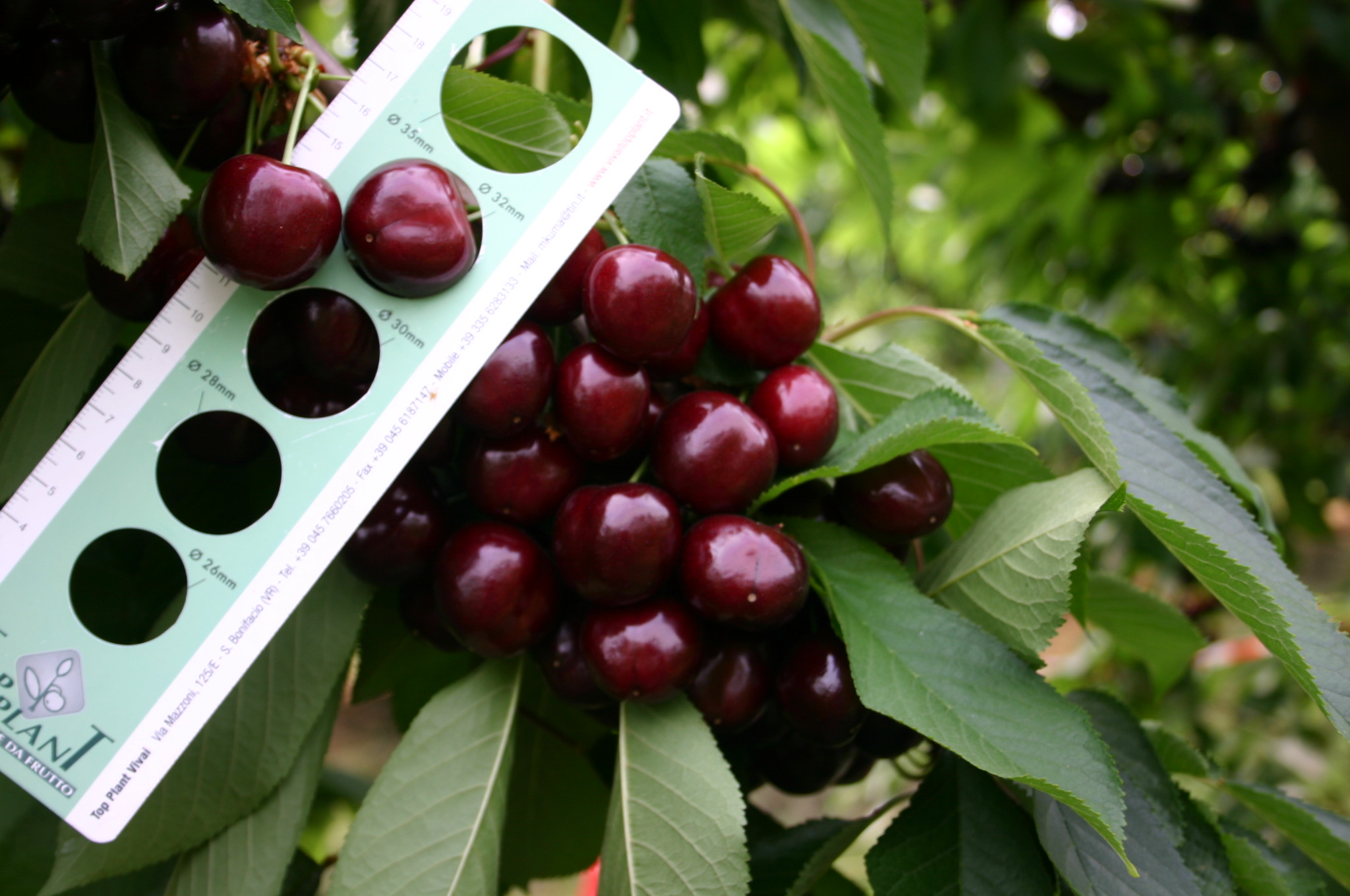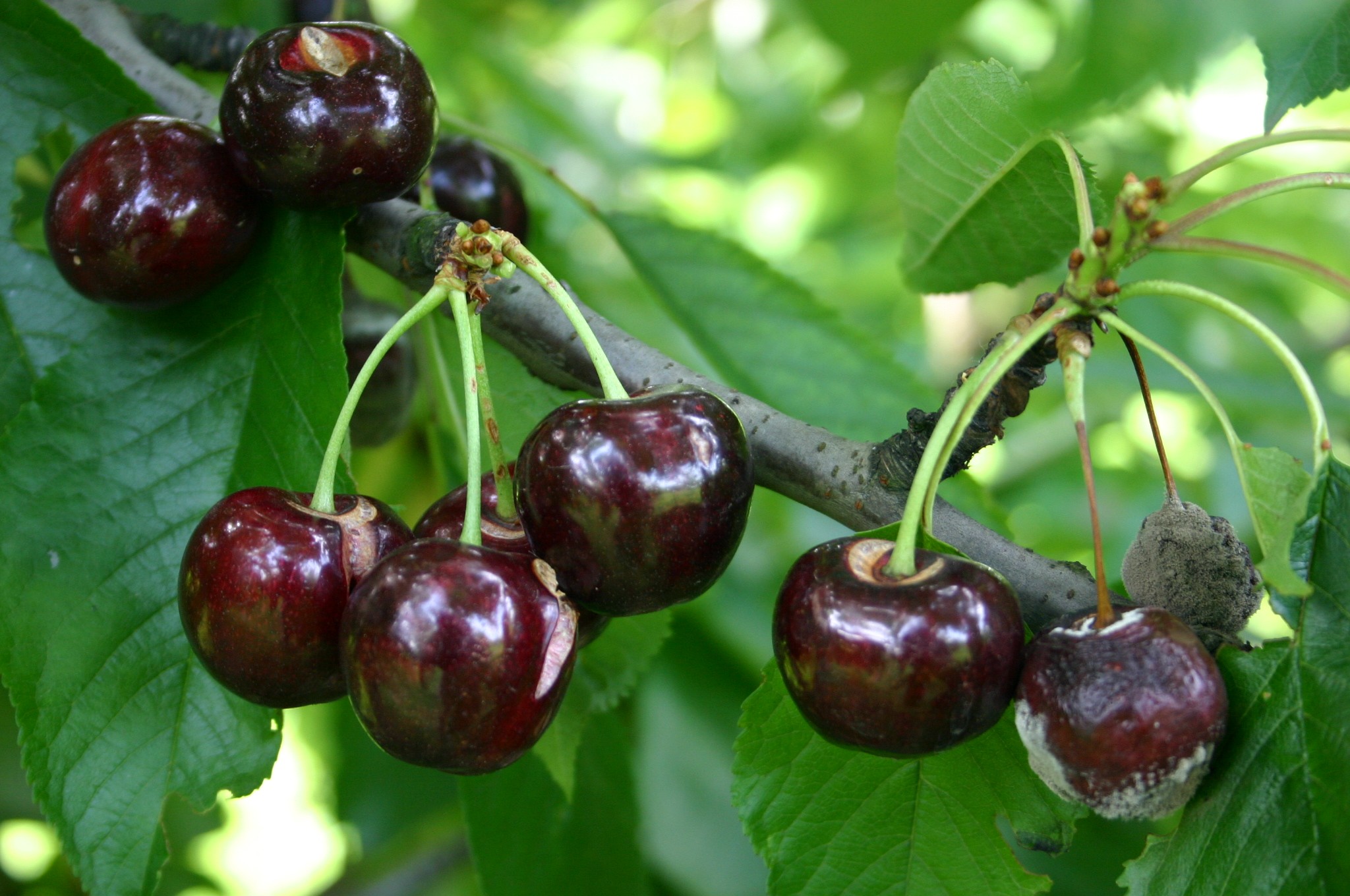It is certainly the size of the fruit that is the most important characteristic that a cherry must have in order to be appreciated at first sight by consumers. For this reason, considerable genetic research and selection efforts have been made in this crop. At Washington State University (WSU), there is germplasm with good fruit size, a trait whose heritability is reasonably high.
An important genetic locus for cherry fruit size has been identified, but it appears to distinguish mainly between wild and improved phenotypes and may have limited utility in breeding programmes.
The objectives of the collaborative research between Washington State University and Utah State University (USA) were first to identify genetic markers for fruit diameter in germplasm held by WSU. Diameter was chosen as the measure of fruit size due to the availability of data for this trait in the genetic breeding programme.
Secondly, the researchers sought to develop DNA tests for these markers that can be used for assisted selection of young seedlings or parents. Finally, the third objective was to compare the effectiveness of different methods applied in improving fruit size.
The germplasm used consisted of 247 individuals from two subpopulations. Each of these subpopulations was phenotyped on the basis of fruit diameter for two production seasons.
The subpopulations were first analysed individually and then combined. The results validated that the highly significant locus for cherry fruit size is located on chromosome 2, and was named FWG2a. In both studies, the minor alleles of this locus were associated with smaller fruits, indicating a positive selection pressure for fruit size in the respective populations.

However, the frequencies of the minor alleles were relatively high, indicating that considerable progress still has to be made towards the fixation of favourable alleles in the germplasm, but at the same time there is a good chance to continue selection.
Seven markers were converted into locus-specific assays for validation and use in marker-assisted selection and achieved a concordance rate of ≥97.6%, indicating a high level of agreement between the marker assays and the expected results, which is promising for their application in marker-assisted selection.
These results indicate that association mapping or genomic prediction can be used to select larger fruits in sweet cherry. Although in some genetic backgrounds one or a few locus may be responsible for a large percentage of the phenotypic variation, current and previous studies have routinely identified a relatively large number of markers associated with fruit size that are statistically significant but account for only a small percentage of the phenotypic variation.
In these cases, marker-assisted selection may not be as efficient as desired, especially when heritability is high. In these situations, genomic selection may be an attractive alternative. The results of this study are therefore encouraging and we look forward to further news from WSU.
Source: McCord, P., Crump, W.W., Zhang, Z. et al. Improving fruit size in sweet cherry via association mapping and genomic prediction. Tree Genetics & Genomes 20, 26 (2024). https://doi.org/10.1007/s11295-024-01660-y.
Images: SL Fruit Service
Melissa Venturi
University of Bologna (IT)
Cherry Times - All rights reserved













